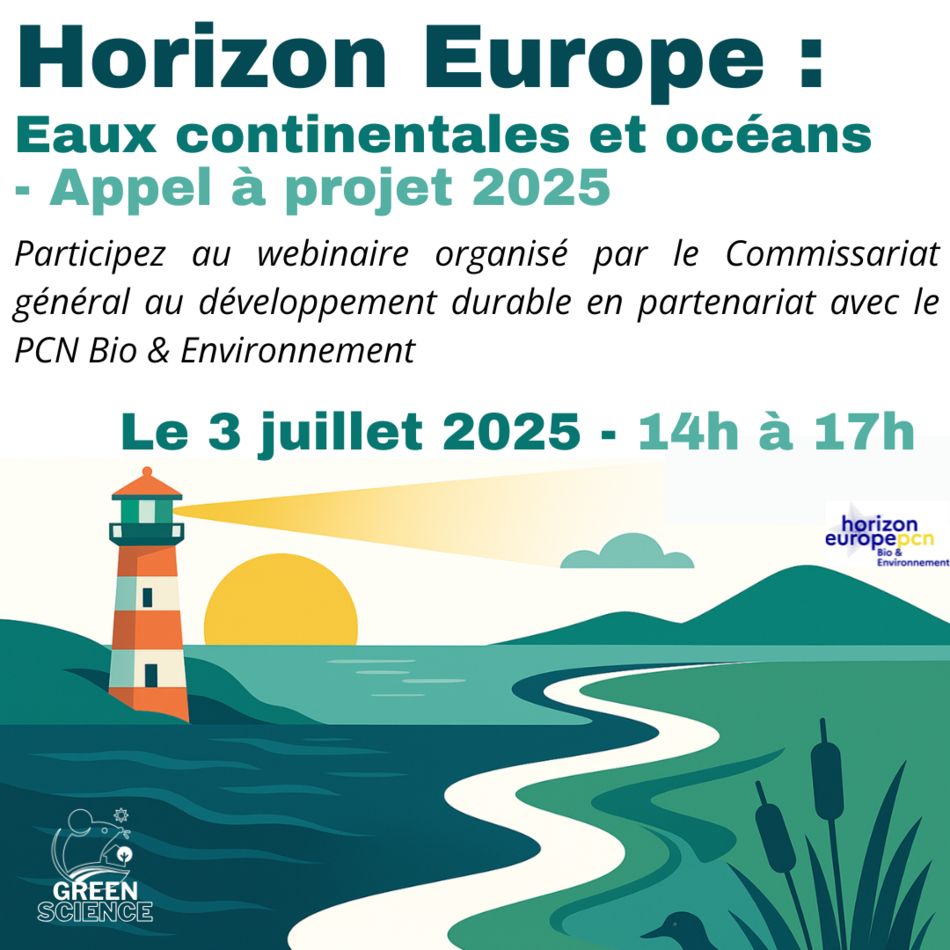Expected Outcome:
Successful proposals will contribute to delivering solutions[1] with improved environmental and production-efficiency performances, and higher technical and application performances, as well as circularity through advanced/new functionalities compared to the state of the art. Projects are expected to contribute to the EU Bioeconomy Strategy and its action plan, Plastics Strategy, Waste Framework Directive, the Sustainable Products Initiative (SPI) and the Circular Economy Action Plan23.
Project results are expected to contribute to the following expected outcomes:
- Diversification of the bio-based coatings and/or barriers and/or binders, and/or adhesives product portfolio and increase of their range of application.
- Improved sustainability and circularity when compared with fossil-based state of the art.
- Improved health and safety profile when compared with fossil-based state of the art.
Technology Readiness Level (TRL): Activities are expected to achieve TRL 5 by the end of the project – see Horizon Europe General Annex B.
Expected EU contribution per project: It is estimated that a contribution of EUR 4.5 million would allow these outcomes to be addressed appropriately. Nonetheless, this does not preclude submission and selection of a proposal requesting different amounts.
Scope:
Packaging, construction, agriculture, aquaculture, marine operations, textiles, furniture, wood-based industry and transport are some of the industrial sectors looking for bio-based alternatives to fossil-based coatings, barriers, binders, and adhesives. On one side, these sectors need to lower their environmental footprint and improve their health and safety performance; on the other side, they are looking to improve the functionalities of materials benefiting from the huge variety of chemical structures available in bio-based materials (e.g., protection, barrier and mechanical characteristics; possibility of adding antimicrobial, anti-odour, anti-scratch, antifouling functions; increasing shelf life of products and food; including biomarkers etc.).
The abovementioned sectors can benefit from bio-based alternatives with improvements in both areas through biotechnological solutions and other innovative technologies available; however, so far only a few products are available. Research should focus on novel, viable alternatives in collaboration with customers, consumers and end users.
Proposals under this topic should:
- Develop and validate novel formulations for renewable, recyclable or bio-degradable, and min 95% (aiming at 100%) bio-based coatings and/or barriers and/or binders and/or adhesives, with improved or unprecedented properties with respect to state of the art.
- Develop adequate tests and results thereof on the developed bio-based solutions to show their benefits compared with state of the art. Provide proof of an improved functional, health and safety profile of the developed solutions compared with state of the art, showing fewer potential hazards and higher safety for consumers and end-users of the intended applications. Provision for the project integrating ‘safe-and-sustainable-by-design’ generic criteria and framework considerations[2], in line with the EU Chemicals strategy for sustainability.
- Apply and/or adapt existing/mature or novel digital technologies provided that they are instrumental to achieving the project’s outcomes and scope. Applications of digital technologies that should be considered in the scope are among the following areas: i) chemicals, materials and process design & modelling ii) process monitoring and optimisation and iii) data analytics and data management of the bio-based products in the scope.
- Disseminate the outputs and learning outcomes from the project in order to increase the public awareness, and awareness of relevant industry actors, of potential benefits of bio-based solutions and raise awareness on opportunities to be addressed.
[1] Solutions include intermediate products, materials, end-products.
[2] The publication of the ’Safe and Sustainable by Design chemicals and materials’ Framework, aiming to the definition of criteria and evaluation procedure for chemicals and materials, is expected to become available by end of 2022. The proposed SSbD framework is expected to assess chemicals and materials following a hierarchical approach in which safety aspects are considered first, followed by environmental, social and economic aspects. Please see also European Commission, Joint Research Centre, Caldeira, C., Farcal, R., Moretti, C., et al., Safe and sustainable by design chemicals and materials: review of safety and sustainability dimensions, aspects, methods, indicators, and tools, 2022, https://data.europa.eu/doi/10.2760/879069





